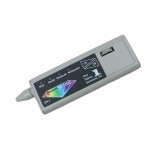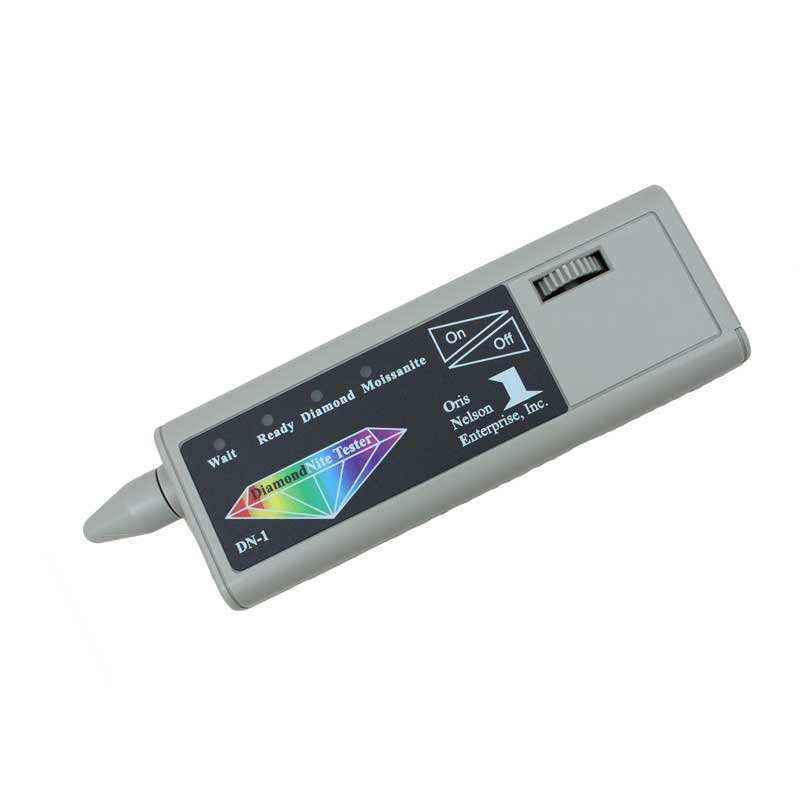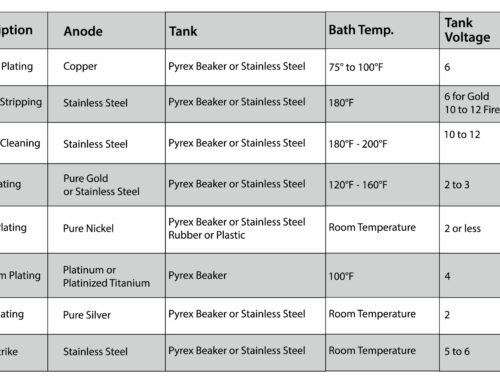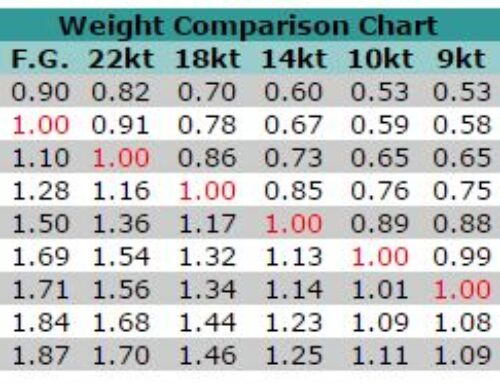How do you know if your rock is real? There are synthetic stones that can pass for a diamond long enough to fool the unsuspecting buyer: CZ (cubic zirconium), white sapphire and moissanite all resemble a diamond at first glance.
Diamond Look-a-likes:
- CZ is the easiest fake to pick out. Not only is it 55% heavier than a diamond, it is softer than a diamond and easily scratched. A CZ will glow mustard yellow under an ultraviolet light.
- White or colorless sapphires are sometimes used as accent stones with a real diamond as the showpiece stone. White sapphires resemble diamonds but they do not have the fire a diamond has. While a diamond’s faceting shows a rainbow of colors in daylight, a white sapphire reflects white light in the faceting.
- Moissanite is the most difficult stone to tell if it’s a diamond or not. Under some lighting a moissanite can show a bit of green or gray rather than looking colorless, especially in bright daylight. There is also a specific piece of equipment that tests for moissanite.
New Methods for Testing Diamonds
Protect yourself and make sure your diamond is the real thing by following these steps:

- Use a modern Diamond Tester that will test for Moissanite as well as other synthetics
- Look at the diamond under a jeweler’s loupe and check for imperfections like pinpoints, small cracks, and other inclusions. Anything fake will be perfect and diamonds are not.
- While examining the diamond under the loupe, check for signs of wear and tear. A CZ is not as strong as a diamond and there may be scratches and/or nicks.
- Looking down at the diamond through a loupe, check the facets. See how they are joined. They should be sharp and not rolled.
- If the girdle is faceted or frosty it is a diamond. If it’s waxy or slick it’s a fake.
- Look at the setting through the loupe and check for stamps that indicate 10K, 14K, 18K, 585, 750, 900, 950, or PT. Any of these mean the setting is real gold or platinum. Quality settings usually mean that the diamond is real. Fakes are often set in inferior settings.
- Turn the diamond upside down and place it over some text in a newspaper for example. If you can read clearly through the stone, it is a fake or else a very low cut diamond.
- Hold the diamond in front of your mouth and blow on it as if you were fogging up a mirror. A real diamond disperses the heat immediately and by the time you look at it the fog has cleared. If it stays fogged for 2-4 seconds, the diamond is a fake. Oil and dirt on the stone can affect the reliability of this test.
One of the safest ways to purchase a diamond is to get one that comes with a certificate from the Gemological Institute of America, the largest impartial diamond grading authority in the world.






Leave A Comment